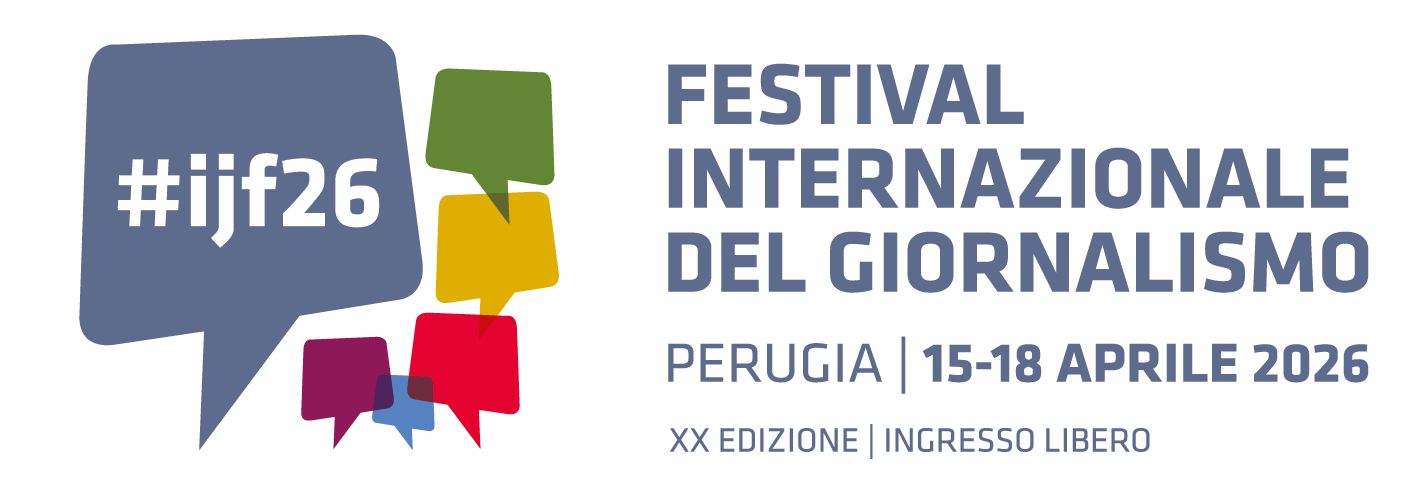Open source investigations or digital investigations have been adopted by major news outlets and investigative collectives around the world, and have seen the growth of investigative teams such as BBC Africa Eye and New York Times Visual Investigations.
This panel of award winning producers, motion graphics designers and investigative journalists with experience ranging from the BBC, Bellingcat and New York Times, will openly discuss the challenges, obstacles and benefits of open source in investigative journalism. The members of the panel will discuss their experience in implementing open source investigative journalism in newsrooms, citizen journalist startups, or as freelancers, and how it fits into the nature of investigative journalism.
Members of this panel have worked on projects such as:
BBC Africa Eye - Anatomy of a Killing, which debunked claims by the Cameroon Government of a video of the execution of two women and children. The government claimed it was fake news by saying it did not happen in Cameroon. Using satellite imagery, the BBC Africa Eye team were able to use satellite imagery to find the where (Cameroon), when and who (from a nearby base also found on satellite imagery). This project later received a Peabody Award, RTS Award and others.
Bellingcat - Yemen Project, a long-term investigation through documentation using open source techniques to examinine the Saudi Led Coalition aerial bombardment campaign in Yemen, done in collaboration with the Global Legal Action Network (GLAN).
BBC Africa Eye - Sudan’s Livestream Massacre, which documented a massacre in June 3, 2019 Again, using satellite imagery to show exactly what happened, where it occurred, and when it happened. This project later went on to receive a Lovie Award.

